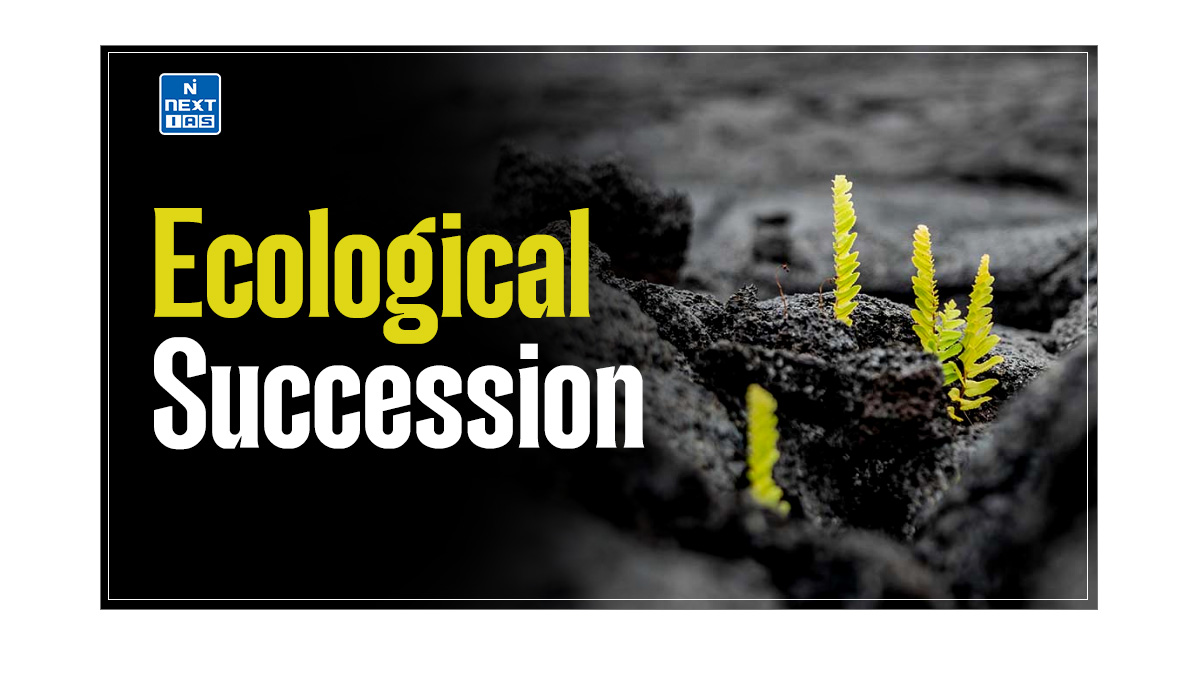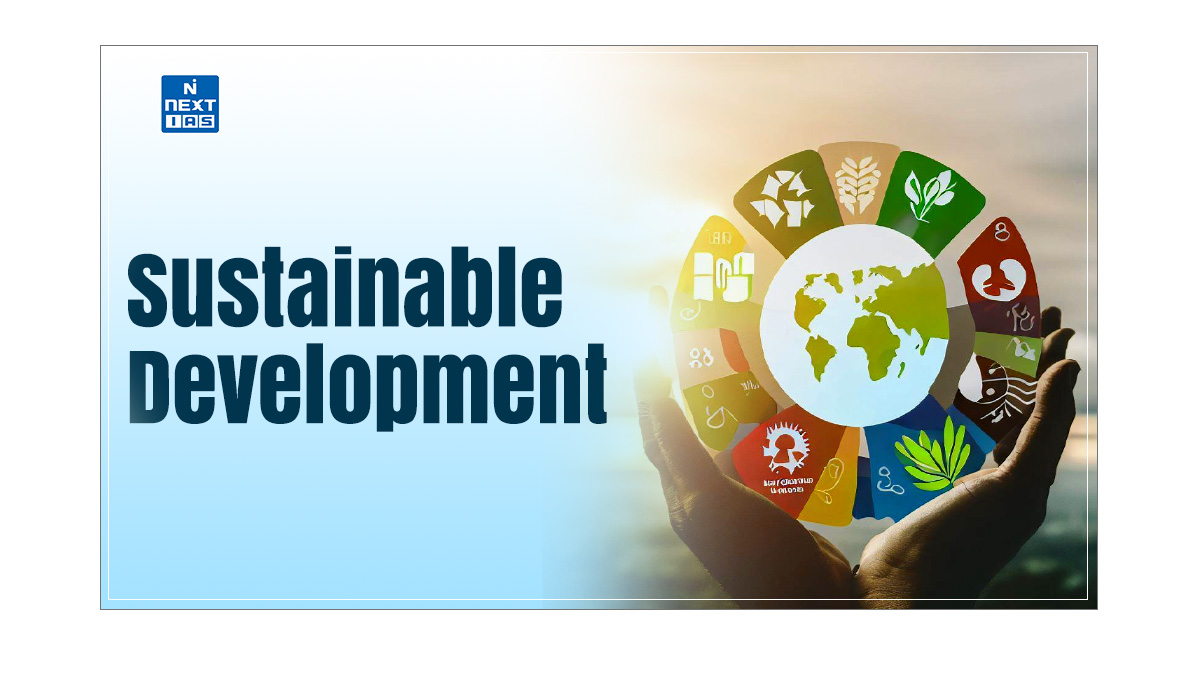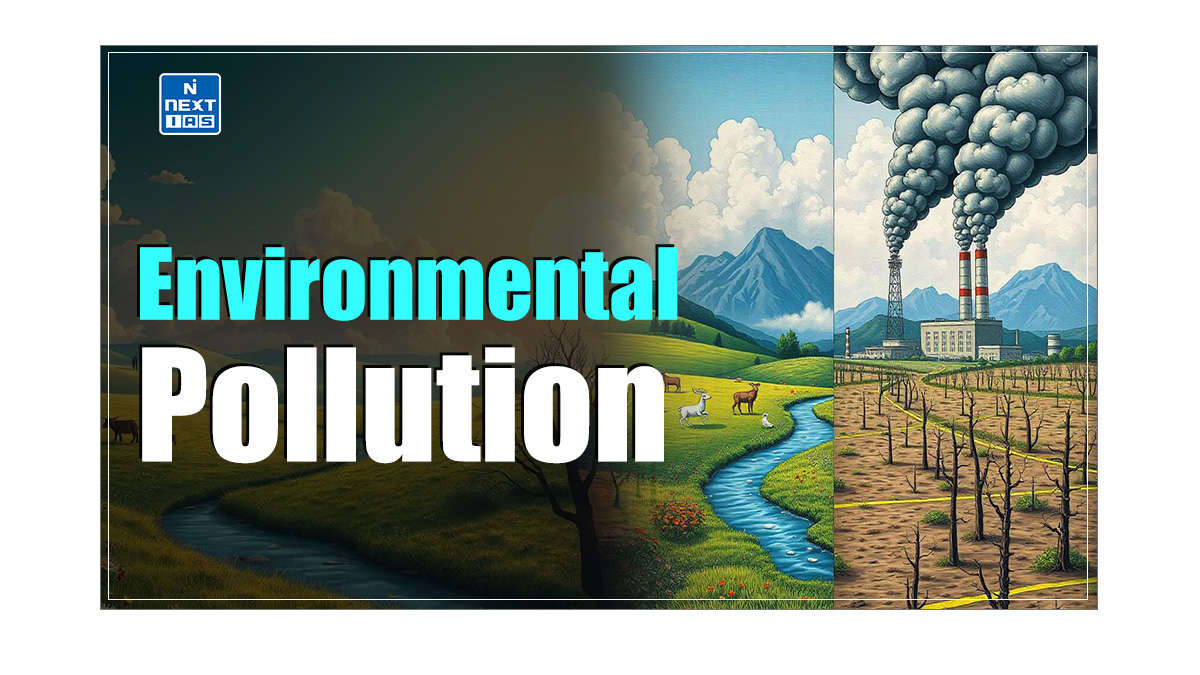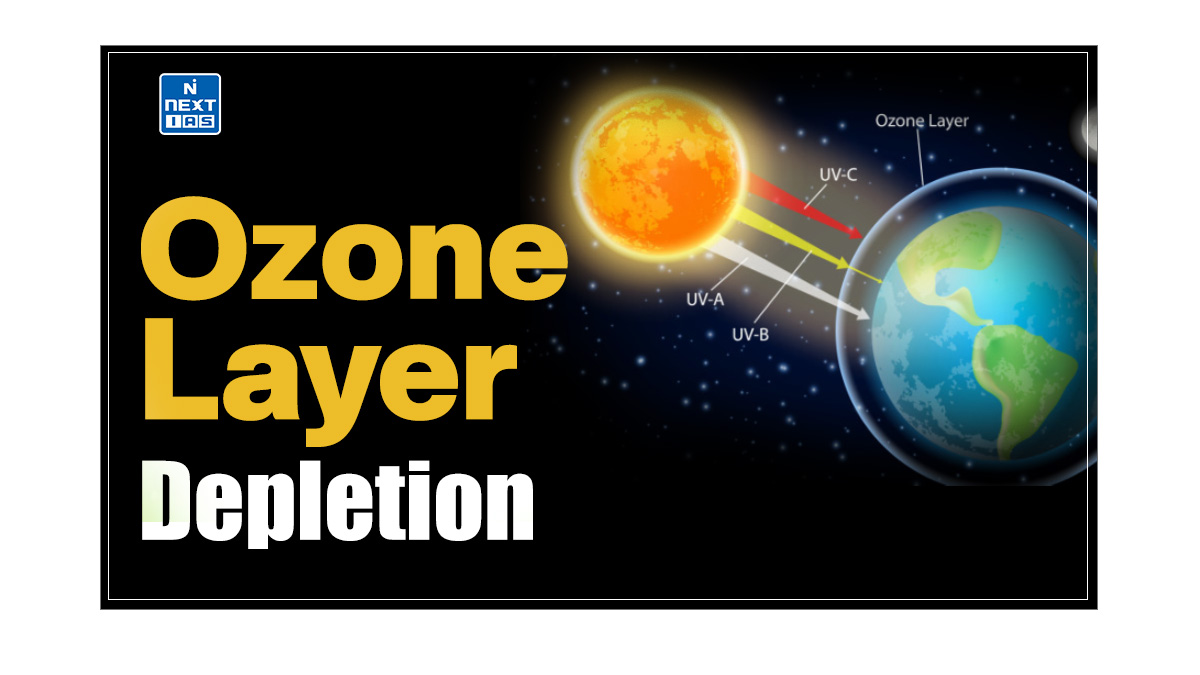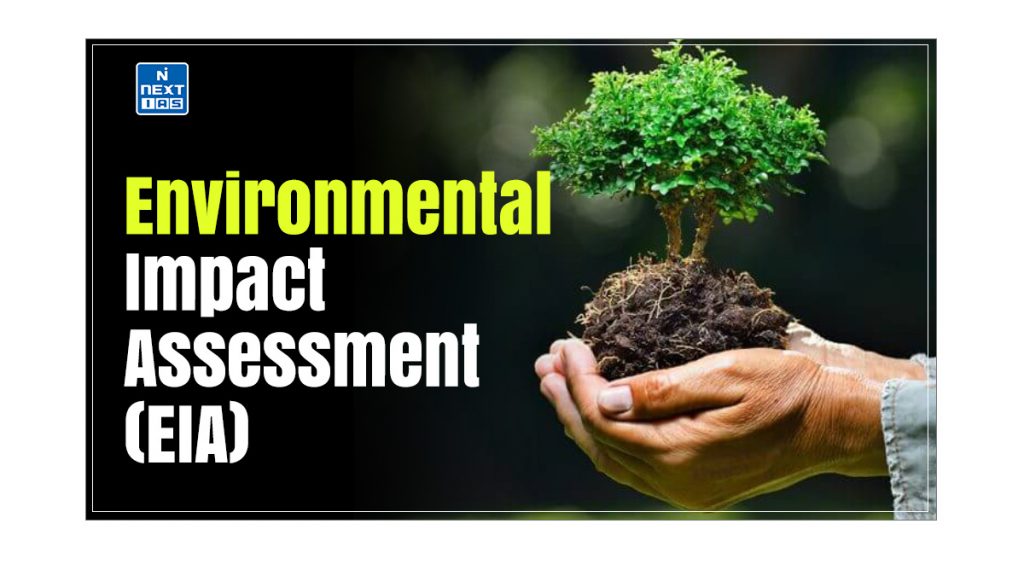
The Environment Impact Assessment (EIA) is a process used to evaluate the potential environmental effects of a proposed project or development before it is carried out. Its significance lies in ensuring that environmental concerns are considered in decision-making, promoting sustainable development while minimising ecological harm. This article aims to study in detail the evolution, principles, processes, and significance of Environmental Impact Assessment (EIA).
Meaning of Environmental Impact Assessment (EIA)
- Environmental Impact Assessment (EIA) evaluates the likely ecological impacts of a proposed project or development, considering inter-related socio-economic, cultural and human-health impacts, both beneficial and adverse.
- In other words, it is the formal process used to predict the environmental consequences (positive or negative) of a plan, policy, program, or project before deciding whether to proceed with the proposed action.
- UNEP defines Environmental Impact Assessment (EIA) as a tool used to identify a project’s environmental, social, and economic impacts prior to decision-making.
- Environmental Impact Assessment (EIA) aims to predict environmental impacts early in project planning and design, find ways to reduce adverse impacts, shape projects to suit the local environment, and present the predictions and options to decision-makers.
Evolution of Environmental Impact Assessment (EIA)
The need for a formalised analysis process was realised when rapid natural resource development after World War II collided with budding environmental awareness in the 1960s. Environmental Impact Assessment (EIA) is currently practised in more than 100 countries as a mandatory regulatory procedure.
Global Level
- The United States of America was the first country to assign mandatory status to Environmental Impact Assessments through its National Environmental Protection Act (NEPA) of 1969.
- A host of industrialised countries have since implemented EIA procedures.
- Canada, Australia, the Netherlands, and Japan adopted EIA legislation in 1973, 1974, 1981, and 1984, respectively. In July 1985, the European Community (EC) issued a directive making environmental assessments mandatory for certain categories of projects (Wood, 1994).
National Level
- Environmental Impact Assessment (EIA) in India started in 1976-77 when the Planning Commission asked the then Department of Science and Technology to examine river-valley projects from an environmental perspective.
- Subsequently, this was extended to cover those projects that required approval of the Public Investment Board.
- However, these were purely administrative decisions and lacked legislative support.
- Later, on 23rd May 1986, the Government of India enacted the Environment (Protection) Act, after which the decision was made to make EIA statutory.
Objectives of Environment Impact Assessment
The objectives of Environmental Impact Assessment (EIA) include:
- To assess potential impacts of proposed projects on the environment, including land, water, air, and biodiversity.
- To provide a systematic framework for decision-makers to evaluate the environmental implications of projects.
- To identify measures to prevent, reduce, or compensate for negative environmental impacts.
- To ensure that development projects align with sustainable practices and contribute positively to environmental and social well-being.
- To engage stakeholders and the public in the decision-making process, fostering transparency and community involvement.
- To ensure that projects adhere to environmental regulations and standards.
- To establish baseline conditions and frameworks for monitoring environmental impacts over time.
Purpose of Environmental Impact Assessment
Environmental Impact Assessment (EIA) is a process with several important purposes, which can be categorised as follows:
- Facilitating Decision-Making: It systematically examines the environmental implications of a proposed action and sometimes alternatives before the decision-maker makes a decision.
- The decision-maker can consider the impact on the environment through the EIA document, along with other documentation relating to the planned activity.
- Easing the Developmental Process: In addition to the cumbersome process of obtaining permission from various authorities, many investors consider EIA to be another set of hurdles.
- However, in reality, EIA can greatly benefit them as it provides a framework for considering issues related to geographical location and design based on the conditions.
- Considering environmental impacts at an early stage of development can lead to environmentally sensitive development.
- Instrument for Sustainable Development: Sustainable development’s key characteristics include maintaining the overall quality of life, maintaining continuing access to natural resources, and avoiding lasting environmental damage.
- Governments have recognised the interaction of socio-economic development and ecosystems and the reciprocal impact between human actions and the biogeophysical world.
Components of Environmental Impact Assessment
The EIA report should contain all or some of the following components depending on the project’s nature, location and scale.
- Air Environment – Determination of impact zone.
- Monitoring the existing status of ambient air quality, site-specific meteorological data, viz. wind speed and direction, humidity, ambient temperature and environmental lapse rate within the impacted region of the proposed project site.
- Noise Environment – Identification and Monitoring the present status of noise levels within the impact zone, and prediction of future noise levels.
- Recommendations on mitigation measures for noise pollution.
- Water Environment – Study of existing ground and surface water resources with respect to quantity and quality within the proposed project’s impact zone.
- Prediction of impacts on water resources due to the proposed water use/pumping on account of the project.
- Biological Environment – Survey and assessment of flora and fauna clearly delineating season and duration within the impact zone.
- Assessment of potential damage to terrestrial and aquatic flora and fauna (including commercial fishing) due to discharge of effluents, gaseous emissions, land use, and landscape changes arising from the project.
- Delineation of mitigation measures to prevent and/or reduce the damage.
- Land Environment – Studies on soil characteristics, existing land use and topography, landscape and drainage patterns within the impact zone.
- Identification of potential utility of treated effluent in land application and subsequent impacts.
- Estimation and Characterisation of solid wastes and delineation of management options for minimising waste and environmentally compatible disposal.
- Socio-economic and Health Environment – Collection of demographic and related socio-economic data.
- Projection of anticipated changes in the socio-economic and health due to the project and related activities, including traffic congestion and delineation of measures to minimise adverse impacts.
- Risk Assessment – Hazard identification using hazard indices, inventory analysis, dam break probability, Natural Hazard Probability, etc.
- Maximum Credible Accident (MCA) analysis to identify potential hazardous scenarios.
- Environment Management Plan – Delineation of mitigation measures, including prevention and control for each environmental component and rehabilitation and resettlement plans.
- Delineation of a monitoring scheme for compliance of conditions.
- Delineation of implementation plan, including scheduling and resource allocation.
Process of Environmental Impact Assessment (EIA)
- SSA views EIA as a continuing source of information throughout the project cycle.
- The potential environmental impact must be identified during the EIA using various methods and techniques.
- Once the assessment is complete, mitigative measures are prescribed to prevent or reduce the potential changes.
- Project design may be altered. It also emphasises monitoring the environmental impacts once the project is implemented.
Steps in Environmental Impact Assessment (EIA) Process
The EIA process involves a number of steps, some of which are listed below:
- Screening: The screening process determines whether a particular project warrants the preparation of an EIA.
- To determine which projects or developments require a full or partial impact assessment study. Category ‘A’ projects are exempt from Screening.
- Scoping: To identify, at an early stage, the key, significant environmental issues from among a host of possible impacts of a project and all the available alternatives (based on legislative requirements, international conventions, expert knowledge and public involvement).
- Collection of Baseline Data: It describes the environmental status of the identified study area. Primary Data collected for terms of reference should not be more than 3 years old.
- Impact Prediction: It involves studying the potential impacts in a multi-disciplinary (environmental, social, and economic systems) manner.
- Mitigation Measurement and EIA Report: Mitigation measures can be drawn out to reduce or ameliorate the adverse impacts of the project.
- It can include incorporating safeguards in the design of the project, changing industrial processes, introduction of pollution abatement technology etc.
- Public Hearing: It includes a non-technical summary for the general audience. It applies to Category ‘A’ and ‘B1’ projects, except the following:
- Modernization of irrigation projects
- All projects located within industrial estates
- Expansion of Roads and Highways does not involve any further land acquisition.
- Decision-making: It is done by MoEF or SEIAA, depending on the project category, under certain conditions.
- Both Category A and Category B projects shall make Information regarding the grant of EC along with conditions available in the public domain through newspaper advertisement.
- Monitoring and Implementation of Environmental Management Plan: Monitor whether the predicted impacts and proposed mitigation measures occur as defined in the approved project.
- Verify the compliance of proponent, to ensure that unpredictable impacts or failed mitigation measures are identified and addressed in a timely fashion.
- Risk Assessment: Risks such as occupational hazards, life cycle of pollutants, technology assessment, and hazard analysis are taken into account and measures suggested for mitigation.
Environmental Impact Assessment (EIA) Notification 2020
The Ministry of Environment, Forest and Climate Change (MoEF&CC) has published Environment Impact Assessment (EIA) Notification 2020, which replaces the existing EIA Notification, 2006, under the Environment (Protection) Act, 1986. The key features of the 2020 amendment include:
- Reduced Time for Public Hearings: The notice period for public hearings would be reduced from 30 days to 20 days.
- Post-clearance Compliance: It implies that once the concerned authority approves a project, the proponent projects must adhere to certain rules laid down in the EIA report to ensure that no further environmental damages occur.
- Exemption of Projects: A host of projects are exempted from public scrutiny.
- Unlike the Category A and B1 projects, Category B2 projects do not require mandatory environmental clearance (EC).
- This exempted category includes irrigation projects with command areas between 2,000 and 10,000 hectares.
- Small and medium cement plants.
- Offshore and onshore oil, gas and shale exploration.
- Hydroelectric projects up to 25 MW.
- Unlike the Category A and B1 projects, Category B2 projects do not require mandatory environmental clearance (EC).
- Increased Time Period for Submission of Compliance Reports: The new draft of the EIA proposes submitting compliance reports annually, whereas, as per the 2006 notification, they were to be submitted every six months.
- Preparation of Report: The report will be prepared solely by project proponents.
- Provision for Post-facto Clearance: It proposes to grant ‘post-facto clearance’ where a project operating without environmental clearance can be regularised or allowed to apply for clearance.
- No Public Reporting for Non-Compliance: Instead, the government will consider reports only from the violator-promoter, government authority, Appraisal Committee, or Regulatory Authority.
- Penalty for Firms: If firms are found violating the terms of their establishment, they will have to pay a penalty to get clearance finally.
Importance of Environmental Impact Assessment (EIA)
The importance of the EIA process lies in its ability to direct project studies and address environmental impacts before they occur. EIA is anticipatory, participatory, and systematic and relies on multidisciplinary input. Its importance can be summed as:
- EIA intends to avoid or mitigate environmental degradation by informing the public and decision-makers of the likely consequences of a proposed action. It also examines the beneficial components of the proposal.
- Economic benefits can be achieved, such as reduced cost and time of project implementation and design and avoided treatment/clean-up costs.
- EIA can create alternatives, including redrawing the project area around sensitive areas, employing technology to minimise impacts, planting vegetation to stabilise disturbed soils, or abandoning the proposed project altogether.
- The public nature of the EIA process means that experts and interest groups can contribute their expertise or raise concerns and have them addressed.
- Impact monitoring tracks changes in the environment that are attributed to the project.
- It is an important management tool for ensuring optimal use of natural resources for sustainable development.
- It lessens conflicts by ensuring community participation.
Benefits of Environmental Impact Assessment (EIA)
The advantages of Environment Impact Assessment are as follows:
- Potentially screens out environmentally unsound projects.
- Proposes modified designs to reduce environmental impacts.
- Identifies feasible alternatives.
- Predicts significant adverse impacts.
- Identifies mitigation measures to reduce, offset, or eliminate major impacts.
- Engages and informs potentially affected communities and individuals.
Limitations of Environmental Impact Assessment (EIA)
The limitations of Environment Impact Assessment are as follows:
- Many projects capable of impacting the Environment are exempted from EIA notification either because they are not listed in Schedule I or their investments are less than what is mentioned in the notification.
- Environmental Impact Assessment is a specialised task that requires a specific skill set.
- While doing the Environmental Impact Assessment, comments from the native people and other stakeholders are often ignored at an early stage which often leads to conflict at a later stage.
- Many a times, reports are prepared with incomplete and incorrect data which makes the quality of assessment poor. Also, use of technical language makes it difficult for all the stakeholders to understand the report.
- As the project proponent is responsible for commissioning the preparation of the EIA for its project, there are high chances of the report being biased in favour of the investors.
- With no standard accreditation of EIA consultants, there is no accountability for such consultants to be held liable for discrepancies.
Way Forward
- Need for an Independent EIA Authority with sectoral divisions to look after all kinds of environmental issues.
- Proper information channel related to projects from initial phases to clearance stage to Indigenous communities and general public.
- No industrial developmental activity should be permitted in ecologically sensitive areas,
- Public hearings should be made mandatory for all projects that have environmental impacts, including exempt categories of projects.
- The present executive committees should make way for experts with experience in environment and other relevant fields.
- The EIA notification should have an automatic withdrawal of clearance in case of violation of rules.
Frequently Asked Questions (FAQs)
What is Environmental Impact Assessment (EIA)?
EIA is a systematic process used to evaluate the potential environmental effects of a proposed project or development before it is implemented. It helps identify, predict, and mitigate adverse environmental impacts.
Why do we need Environmental Impact Assessment (EIA)?
EIA is essential for informed decision-making, promoting sustainable development, mitigating negative environmental impacts, ensuring regulatory compliance, and facilitating public participation in the planning process.
What is Environmental Impact Analysis?
Environmental impact analysis evaluates potential environmental effects of a proposed project, focusing on both direct and indirect impacts to guide decision-making and mitigation strategies.
